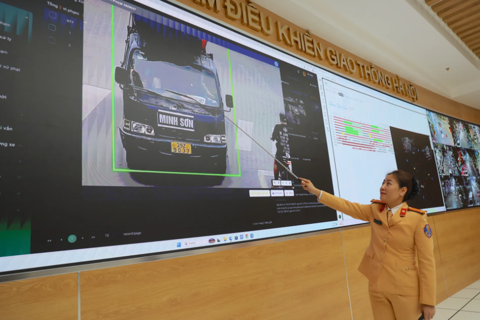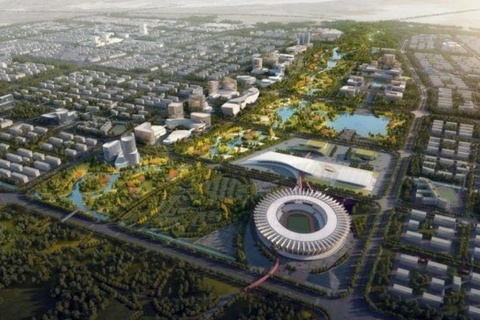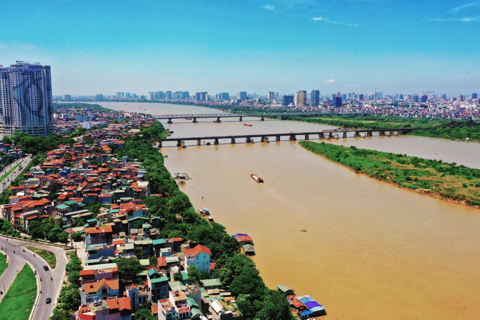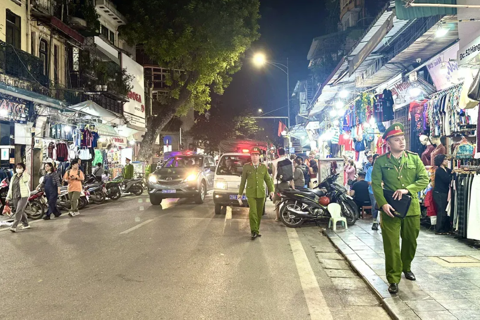Hanoi adds more bus lines for green transport
Hanoi develops green bus fleets to reduce pollution, ease congestion, and build a smart and sustainable urban transport system.
THE HANOI TIMES — As air pollution and traffic congestion continue to rise, Hanoi is stepping up efforts to green its public transport system, placing electric and clean energy buses at the center of its sustainable development strategy.
Speaking at a recent conference held in Hanoi, Vice Chairman of Hanoi People's Committee Nguyen Manh Quyen reaffirmed the city's commitment to the transition to green energy vehicles, emphasizing that it is a priority not only for buses but also for taxis and private cars.
To put this commitment into action, on April 18, 2025, Hanoi launched electric bus route 34, which uses 17 VinFast GREENBUS vehicles, each with a capacity of 68 passengers. Earlier, on January 17, Hanoi Transport Corporation launched routes 05, 39 and 47 with 46 new electric buses. On February 1, line 05 from Mai Dong to the University of Natural Resources and Environment was launched with 11 compact electric buses.
Nguyen Hoang Hai, Vice Chairman of the Hanoi Public Passenger Transport Association, also told the Kinh te & Do thi Newspaper that the transition is "inevitable and essential," stressing that green buses not only help protect the environment but also make public transport more appealing.
To accelerate this transition, the Hanoi People's Committee has recently approved a new project titled "Development of a Public Transport System Using Electric and Green Energy Buses."
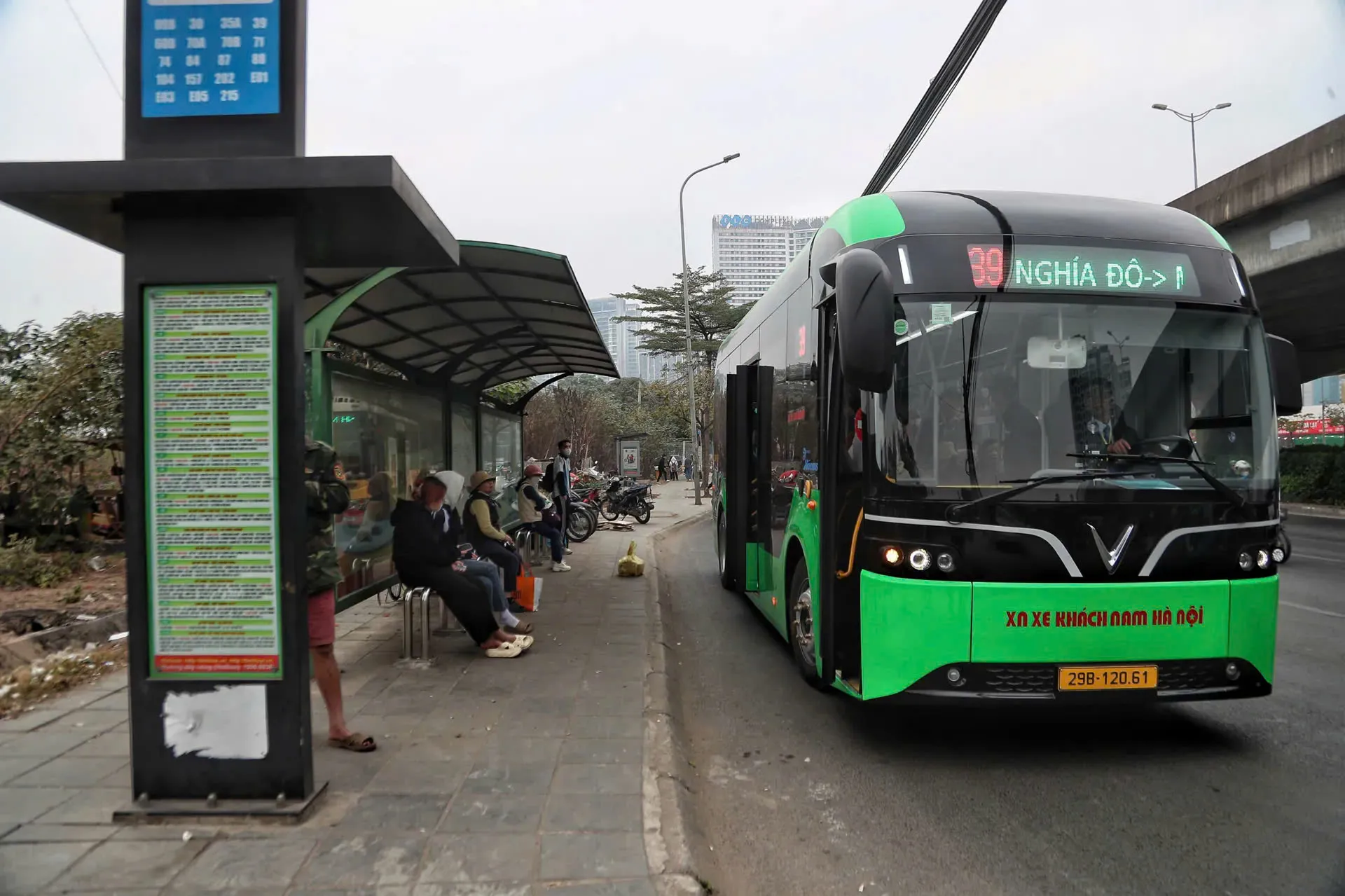
Electric buses ply the streets of Hanoi. Photo: Pham Hung/The Hanoi Times
The project sets out a comprehensive plan and roadmap for transitioning the city’s bus fleet to clean energy, in line with the national targets laid out in the Prime Minister’s Decision No. 876/QD-TTg dated July 22, 2022. It also proposed a series of measures aimed at achieving 100% electrification of Hanoi’s bus system by 2035.
To meet these targets, the Hanoi People's Committee has outlined a two-phase implementation plan. From 2025 to 2030, the city will prioritize the greening of bus lines that connect urban rail systems with exhibition centers, museums, and new neighborhoods. In the following phase, from 2031 to 2035, the network will be extended to suburban districts and satellite cities, with a focus on connecting major transfer hubs to ensure expanded regional connectivity.
Phan Truong Thanh, Head of Planning and Finance at the Department of Construction, told with local media about the plan, describing it as a clear demonstration of Hanoi’s strong leadership and strategic vision for sustainable transport development.
However, he also acknowledged that "the challenges ahead are enormous," emphasizing the need to address four critical areas: building supportive policy frameworks, upgrading technical infrastructure, mobilizing sufficient investment, and developing a skilled workforce capable of operating and maintaining green transport technologies.
One of the most pressing challenges is securing funding. It is estimated that Hanoi will need about VND48 trillion (US$2 billion) to fully green its bus network. Experts stress the importance of mobilizing public-private partnerships and drawing private investment.
Economist Hoang Thi Thu Phuong suggested that to encourage early adopters, the city should offer incentives such as low-interest loans, extended depreciation periods, and longer contract periods to give businesses more investment certainty.
To expand the charging infrastructure and provide a stable, high-capacity power supply, the city has tasked the energy sector with coordinating a comprehensive energy supply plan and installing fast-charging stations at bus stations and major transit points.
At the same time, they urged Hanoi to adapt its bus service to the technical requirements of electric, CNG and LNG vehicles, such as optimizing routes, adjusting service frequencies and recalibrating transport capacity.
Despite these challenges, Hanoi remains committed to its goals. The city has incorporated clean energy targets into its overall transport strategy, supported by a comprehensive approach that includes policy reform, infrastructure upgrades, workforce development, and investment attraction.
Urban planners are also focusing on long-term urban mobility solutions. The development of multimodal transport systems that integrate buses with metro lines, parking and interchange zones and the adoption of smart mobility applications will make commuting easier and reduce reliance on private vehicles.
Experts agreed that if Hanoi maintains its current pace of greening its bus fleet and continues to improve its regulatory and investment framework, the ambitious goal of having a fully green bus fleet by 2030 is well on track.





